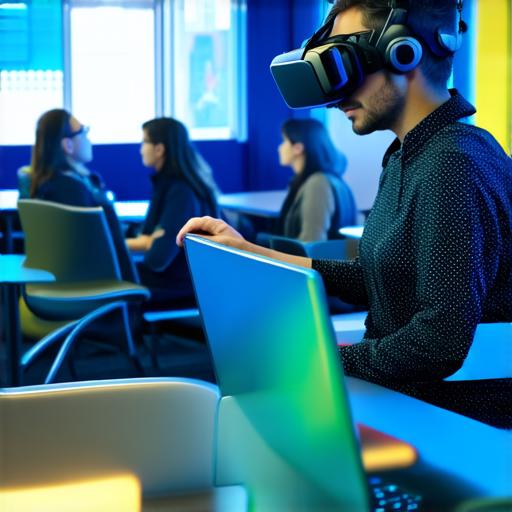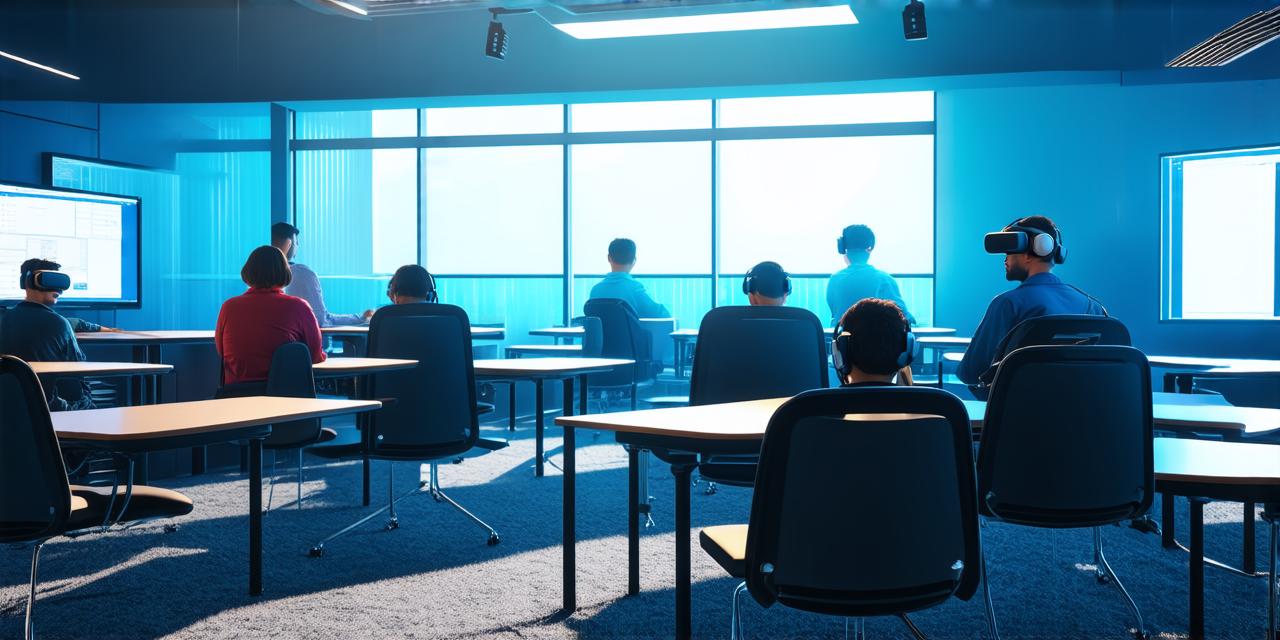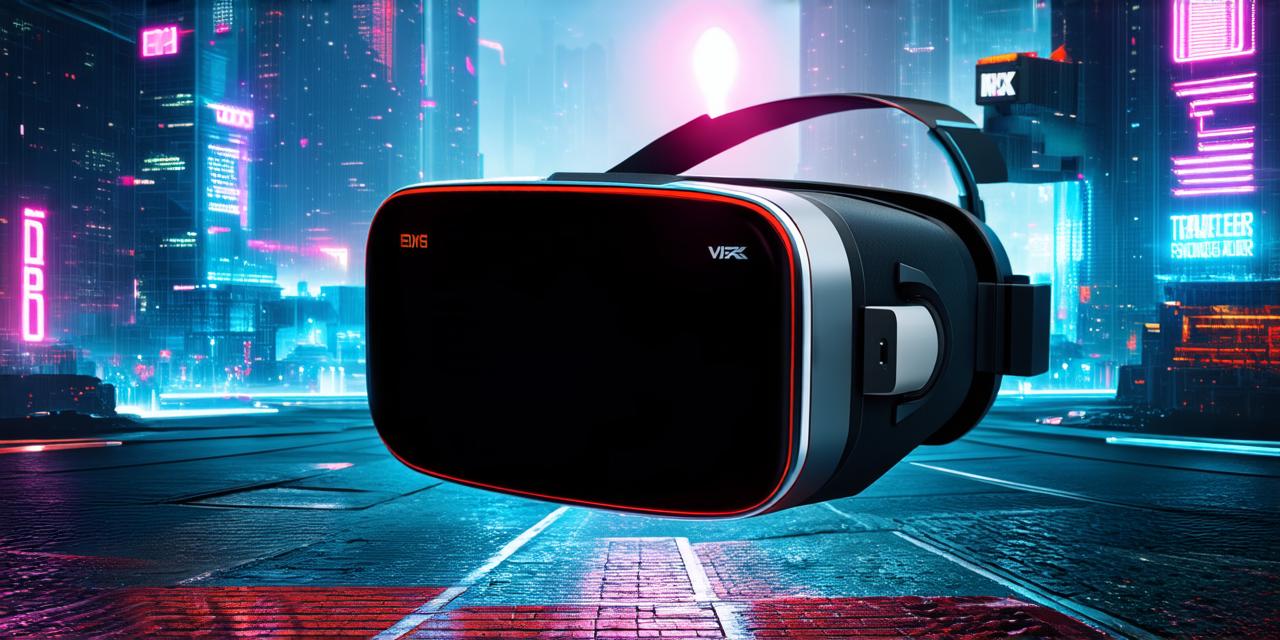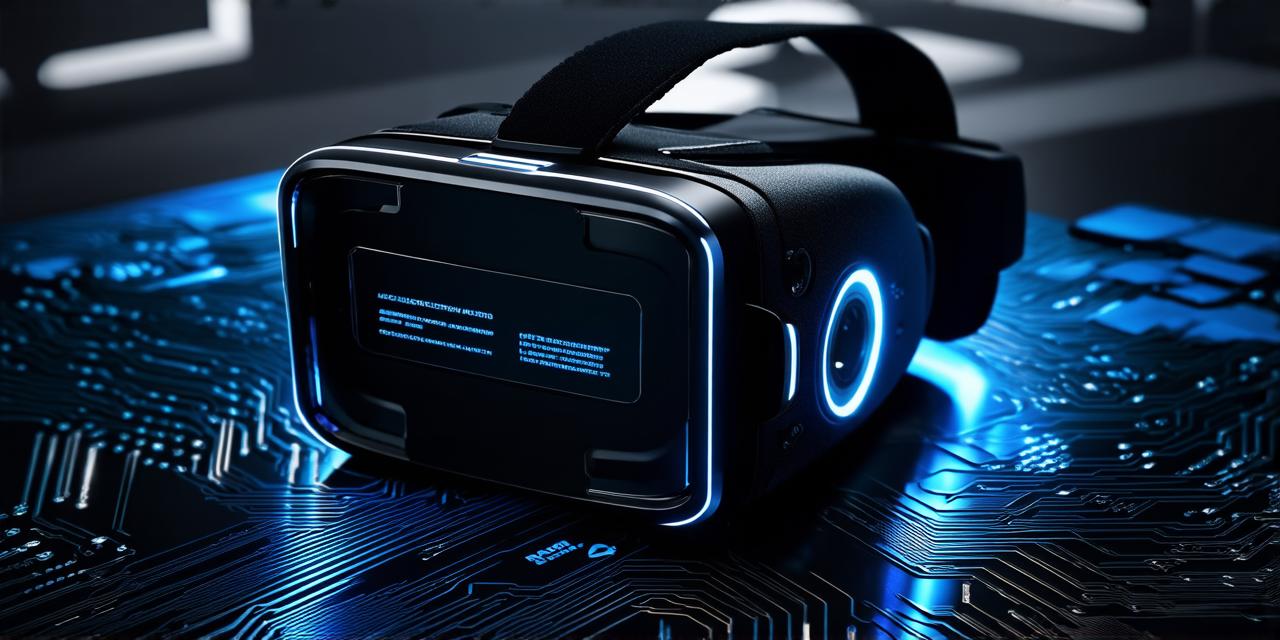
Virtual reality (VR) is a rapidly growing technology that has the potential to revolutionize education. With VR, students can immerse themselves in virtual environments, allowing them to learn and explore in new ways. However, implementing VR in educational settings requires a certain level of technological expertise and infrastructure.
Hardware Requirements
The first step in implementing VR in education is to select the appropriate hardware. There are several types of VR headsets available on the market, including Oculus Rift, HTC Vive, and PlayStation VR. These headsets require a powerful computer or gaming console to run, as well as sensors that track the user’s movements.
In addition to the headset, students will also need controllers or input devices to interact with the virtual environment. These may include handheld controllers, gloves with sensors, or other types of input devices depending on the specific VR setup.
Software Requirements
Once the hardware is in place, the next step is to select appropriate software for the educational setting. There are a variety of VR software options available, including educational games, simulations, and virtual field trips. These programs should be carefully chosen to align with the curriculum and learning objectives.
In addition to the educational software, there may also be additional software required to manage and maintain the VR infrastructure. This may include software for managing user accounts, tracking progress, and providing technical support.
Network Infrastructure
Virtual reality in educational settings requires a robust network infrastructure to ensure that all students have access to the technology and can connect to the virtual environment seamlessly. This may require high-speed internet connections, dedicated VLANs, and other types of networking equipment.
Power and Cooling Requirements
Finally, it’s important to consider the power and cooling requirements for VR systems in educational settings. These systems can be quite resource intensive, requiring significant amounts of electricity and cooling to operate efficiently. It’s important to ensure that the necessary power and cooling infrastructure is in place to support the VR systems.
Summary
Implementing virtual reality in educational settings requires a combination of hardware, software, network infrastructure, and power and cooling considerations. By carefully selecting the appropriate technology and ensuring that these requirements are met, educators can create immersive and engaging learning experiences for their students.



